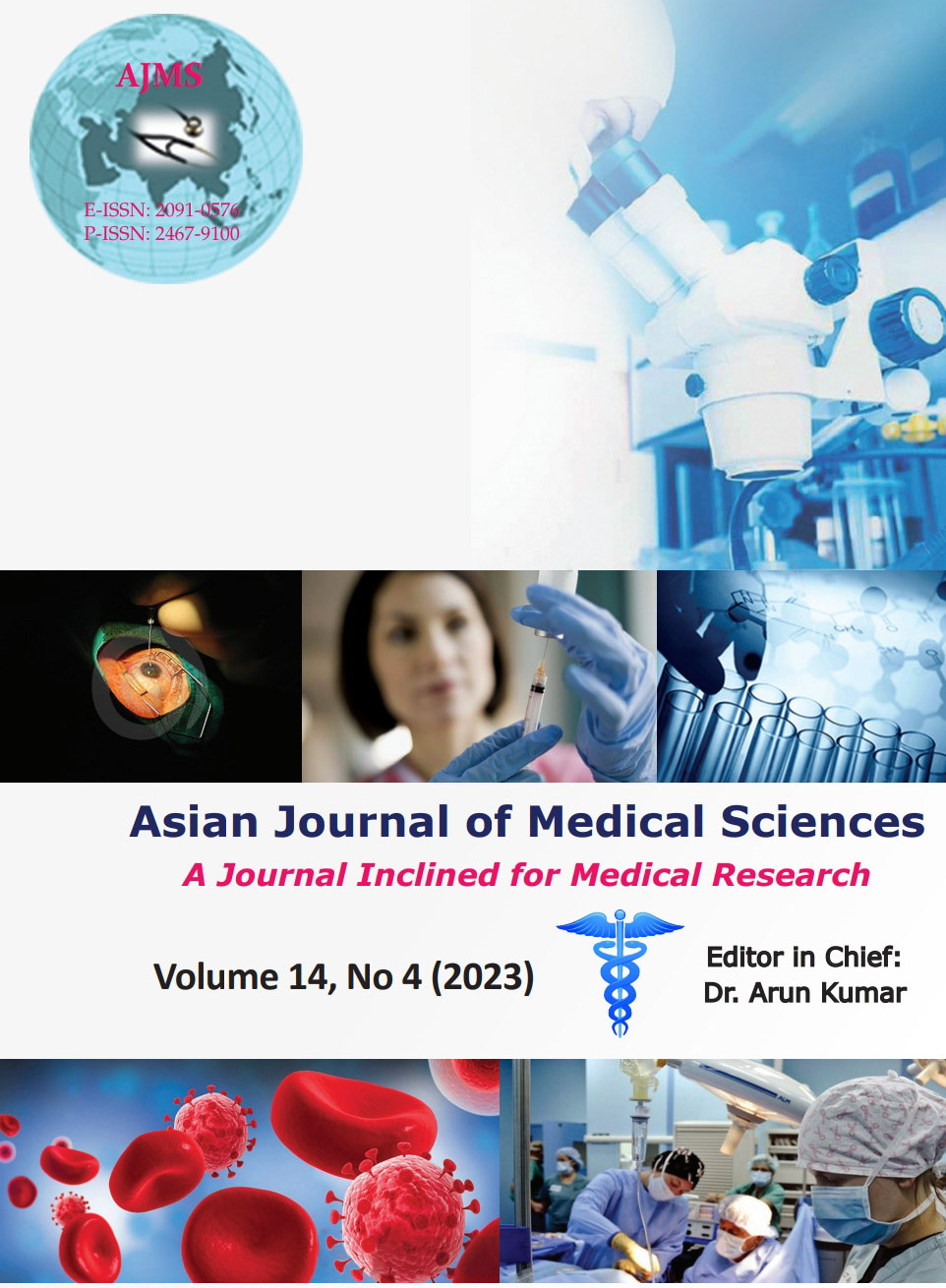Cardiovascular risk factors and impending 10-year risk of fatal or non-fatal cardiovascular disease events among an urban population in Tamil Nadu state in South India - A community based cross-sectional study
Keywords:
Cardiovascular diseases; Risk factors; Urban population; Cardiovascular risk scoreAbstract
Background: Coronary heart disease, peripheral arterial disease, cerebrovascular disease, congenital and rheumatic heart illnesses are among the heart and blood vessel disorders classified as cardiovascular diseases (CVDs). Sudden premature cardiovascular deaths among apparently healthy population can be well prevented by the early recognition of cardiovascular risk factors using validated cardiovascular risk prediction tools.
Aims and Objectives: The World Health Organization/international society of hypertension (WHO/ISH) Risk Prediction Charts was utilized to estimate the upcoming 10-year risk of CVD events, and the study’s objectives were to identify the risk factors for high CVD risk among urban residents aged ≥40–79 years in Tamil Nadu State, South India.
Materials and Methods: A total of 350 participants were selected for a community-based cross-sectional study using a two-stage selection technique. A pretested questionnaire, anthropometry and laboratory research were used to acquire the required data. Finding the relationship between the risk factors and high CVD risk among the subjects was done using both univariate and multivariate regression analysis.
Results: Mean age of subjects was 55.6 years. Hypertensives and diabetics were 35.4% and 27.4%, respectively. An alarming 75.1% subjects were either overweight or obese. The WHO/ISH chart categorized 20.9% subjects with >10% risk of impending CVDs. Risk factors which independently influenced high cardiovascular risk were “being unmarried” (adjusted odds ratio [aOR] 31.76; 95% CI; P=0.009), “positive family history” (aOR 4.13; P=0.017), “Sedentary Occupation” (aOR 3.18; P=0.036), and “alcohol usage” (aOR 3.03; 95% CI [1.06–10.27]; P=0.039).
Conclusion: The study has identified that more than one-fifth of the subjects were under the >10% CVD risk category thereby underscoring the immediate need for inclusion of CVD risk scoring tools in routine screening programs in all levels of health care settings as an effective health promotion strategy in curtailing the escalating incidence of CVDs events worldwide.
Downloads
Downloads
Published
How to Cite
Issue
Section
License
Copyright (c) 2023 Asian Journal of Medical Sciences

This work is licensed under a Creative Commons Attribution-NonCommercial 4.0 International License.
Authors who publish with this journal agree to the following terms:
- The journal holds copyright and publishes the work under a Creative Commons CC-BY-NC license that permits use, distribution and reprduction in any medium, provided the original work is properly cited and is not used for commercial purposes. The journal should be recognised as the original publisher of this work.
- Authors are able to enter into separate, additional contractual arrangements for the non-exclusive distribution of the journal's published version of the work (e.g., post it to an institutional repository or publish it in a book), with an acknowledgement of its initial publication in this journal.
- Authors are permitted and encouraged to post their work online (e.g., in institutional repositories or on their website) prior to and during the submission process, as it can lead to productive exchanges, as well as earlier and greater citation of published work (See The Effect of Open Access).




